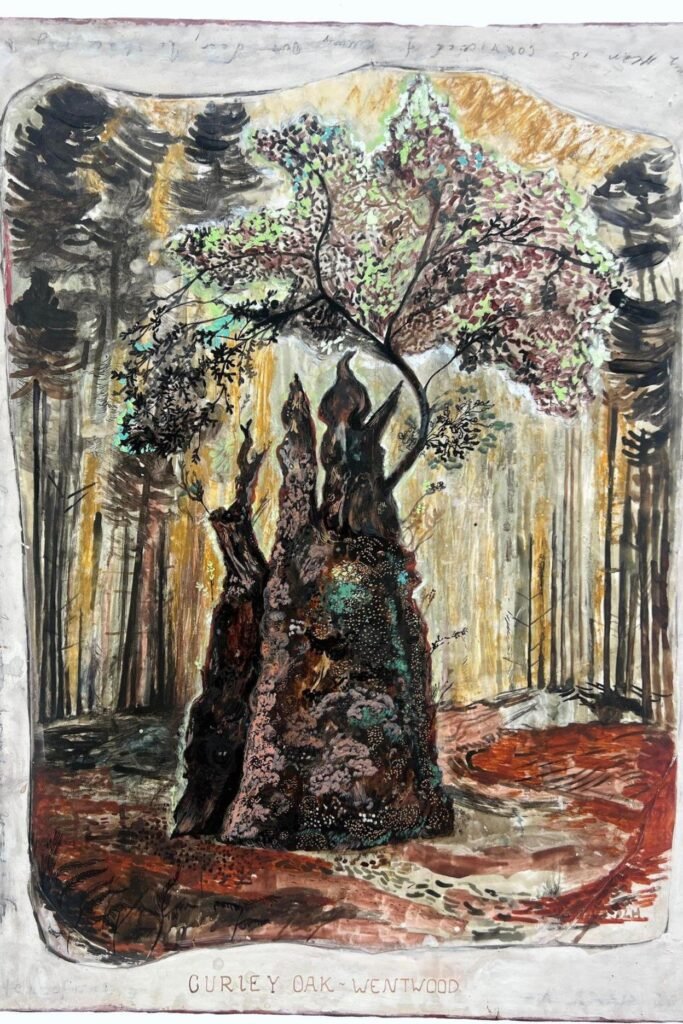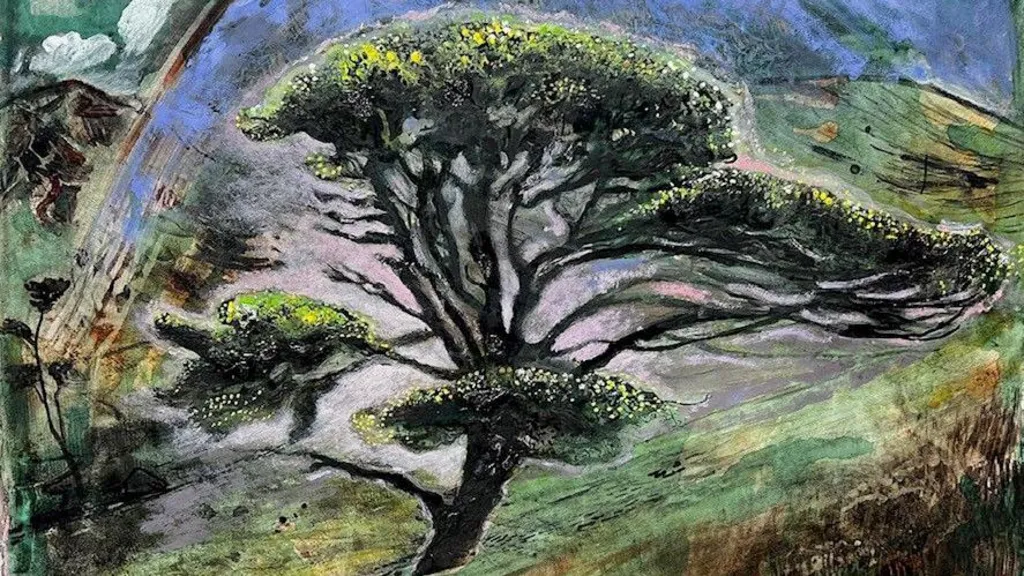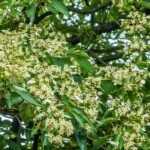Ancient British Trees: A Living History Rooted in Time
An exhibition opening in London brings the past to life through the presence of ancient British trees that predate some of the country’s earliest environmental laws. Titled Totems to the Charter, the display showcases four remarkable trees—silent witnesses to over 800 years of British history and ecological heritage.
These trees were already standing when King Henry III signed the Charter of the Forest in 1217. This document followed the famous Magna Carta and became one of Britain’s earliest steps toward environmental legislation. The exhibition will run from July 25 to September 19 at the Society of Antiquaries in Burlington House.
Totems of Time: How Ancient British Trees Survived the Centuries
Artist Dan Llywelyn Hall created four paintings for this exhibition. Each piece captures the atmosphere, mystery, and historical gravity of the chosen trees. These natural relics stand as accidental survivors in dense forests, with stories rooted deep in the soil of British heritage.
The Ankerwycke Yew: An Icon Among Ancient British Trees and Royal History

The Ankerwycke Yew, near the ruins of St Mary’s Priory in Surrey, stands at an estimated age of 1,400 to 2,500 years. Some believe the sealing of Magna Carta occurred under its canopy. It is also linked to the courtship of Henry VIII and Anne Boleyn.
The Glen Loyne Pine: A Majestic Symbol of Ancient British Trees
Descended from Britain’s earliest pines, which arrived around 7,000 BC, the Glen Loyne Pine is now critically endangered. Only 57 of these trees remain. Overgrazing deer and a shifting ecosystem now threaten their survival. This tree symbolizes nature’s resilience amidst modern threats.
The Curley Oak: Monmouthshire’s Guardian of Time
Hidden deep in Wentwood Forest, the Curley Oak is over 1,000 years old and believed to be Wales’ oldest oak tree. Llywelyn Hall described it as “oozing with atmosphere and an otherworldly presence.” Its squat form and location give it a mythical aura.
The Lost Pond Beech: The Silent Sentinel of Epping Forest
The beech trees near Lost Pond in Epping Forest are among the oldest of their species worldwide. The largest of them—called the Lost Pond Beech—sprawls like a sleeping giant. Llywelyn Hall likens it to an “ominous guardian” of the woods, silently overseeing the passage of centuries.
The Charter of the Forest: Early Environmental Reform
Signed in 1217, the Charter of the Forest aimed to limit royal control over woodland and granted commoners access to land, food, and fuel. It was a landmark in environmental and social justice. Some of its principles remained in effect until the 1970s.

While the document was English in origin, it referenced the rights and concerns of Welsh and Scottish rulers. It is considered the first to bring together English and Welsh law and suggests early cooperation among the nations.
Protecting Nature’s Monuments
Llywelyn Hall calls these trees “rare, silent witnesses” that deserve more reverence than any manmade structure. He will auction the paintings to support the Society of Antiquaries library, Trees for Life, and Trees for Cities. Ancient British trees.
The Forest as a Living Archive
These trees are more than botanical marvels—they are living records of human and natural history. As accidental survivors in dense forests, they carry the weight of myth, memory, and law. Their preservation reflects not only respect for nature but also for the cultural foundations that shaped modern Britain.




